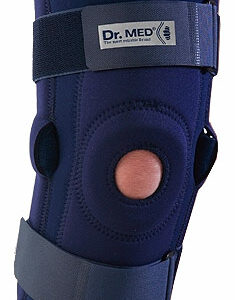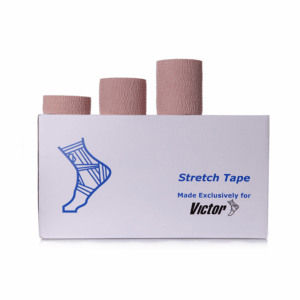Fielding Injuries
Updated:
A great deal of time in cricket is spent fielding. As a result, it is often the time when a player will get injured. Sudden changes in direction to field a ball can result in groin strains, knee meniscal tears or ankle sprains, whilst rapid acceleration or deceleration sprinting when chasing a ball can result in hamstring strains or calf strains. Throwing, or landing awkwardly from dives, can result in shoulder injuries, whilst mistimed catches or awkward ground balls can result in hand or finger injuries.

Most Common Fielding Injuries in Cricket
Shoulder & Elbow Throwing Injuries
To learn more about throwing injuries from fielding in cricket, refer to our article Throwing Injuries.
Thigh
Hamstring Strain
Tearing of the hamstring muscle (located at the back of the thigh), typically following a sudden acceleration or deceleration movement whilst running at high speed (such as chasing a ball or bending to pick up a ground ball at fast pace). A sudden, localised pain is usually experienced at the back of the thigh and there is typically pain on firmly touching the affected region of muscle and often pain on attempting to run or bend forwards (figure 1).
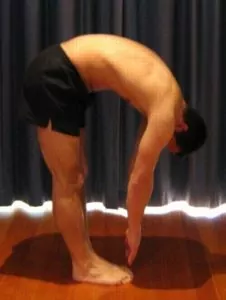

Members Only ContentBecome a PhysioAdvisor Member to gain full access to this exclusive content. For more details see Become a Member. Already a member? Login Now
Knee

Members Only ContentBecome a PhysioAdvisor Member to gain full access to this exclusive content. For more details see Become a Member. Already a member? Login Now
Lower Leg
Calf Strains
Tearing of the calf muscle (gastrocnemius – figure 5), typically following a sudden acceleration movement whilst running (such as taking off to chase after a ball). Associated with localised pain in the back of the lower leg, pain on firmly touching the affected region and often pain on performing a heel raise (i.e. lifting the heels off the ground – figure 6) and on performing a calf stretch (figure 7).

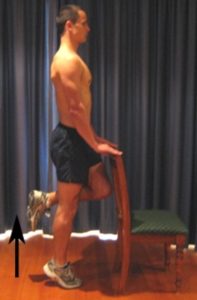
Figure 6 – Heel Raise

Ankle
Sprained Ankle
Tearing of the lateral ligament of the ankle (figure 8) typically following twisting or rolling an ankle (inversion injury – figure 9) with a sudden change of direction (such as turning to chase after a ball) or on an uneven surface (such as accidentally standing on a cricket ball). Associated with outer ankle pain, pain on firmly touching the lateral ligament of the ankle (figure 8), pain on turning the foot and ankle inwards excessively (inversion – figure 9) and often swelling, bruising and difficulty weight bearing.
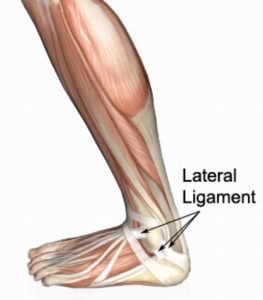

Shoulder
Shoulder Impingement
Pinching or compression of soft tissue, such as the rotator cuff tendons and the subacromial bursa (figure 10), between the upper arm bone (humerus – figure 10) and roof of the shoulder (acromion – figure 10) following an awkward land onto the shoulder when diving to save a cricket ball. Typically causes pain or ache in the shoulder that may radiate into the upper arm and pain on trying to elevate the arm.


Members Only ContentBecome a PhysioAdvisor Member to gain full access to this exclusive content. For more details see Become a Member. Already a member? Login Now
Hand & Fingers
Sprained Finger
Tearing of connective tissue and / or ligaments holding the bones of the finger together typically following excessive stretching of the joint in one direction from excessive impact of a cricket ball. Associated with pain on firmly touching the affected joint, restricted joint mobility and often swelling.

Members Only ContentBecome a PhysioAdvisor Member to gain full access to this exclusive content. For more details see Become a Member. Already a member? Login Now
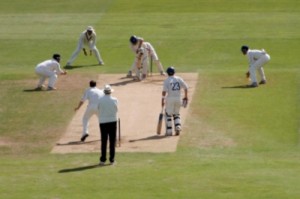 Other Cricket Injuries
Other Cricket Injuries
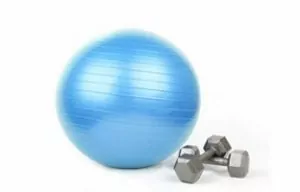 Physiotherapy Products for Fielding Injuries
Physiotherapy Products for Fielding Injuries
The following physiotherapy products are commonly prescribed to patients by physiotherapists to assist in the rehabilitation and prevention of fielding injuries:
To purchase physiotherapy products to assist with fielding injuries click on one of the above links or visit the PhysioAdvisor Shop.
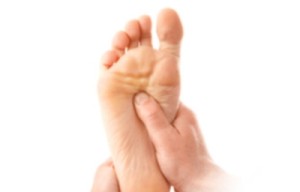 Find a Physio
Find a Physio
Find a physiotherapist in your local area who can treat fielding injuries.
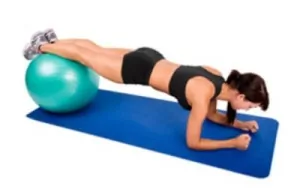 Exercises for Fielding Injuries
Exercises for Fielding Injuries
- Core Stability Exercises.
- Leg Stretches.
- Leg Strengthening Exercises
- Scapular Stability Exercises
- Rotator Cuff Exercises.
- Balance Exercises.

Link to this Page
If you would like to link to this article on your website, simply copy the code below and add it to your page:
<a href="https://physioadvisor.com.au/injury-diagnosis/sports-injuries/cricket-injuries/fielding-injuries”>Fielding Injuries – PhysioAdvisor.com</a><br/>PhysioAdvisor provides detailed physiotherapy information on fielding injuries including most common fielding injuries, contributing factors and injury prevention tips for cricketers.
Return to the top of Fielding Injuries.

